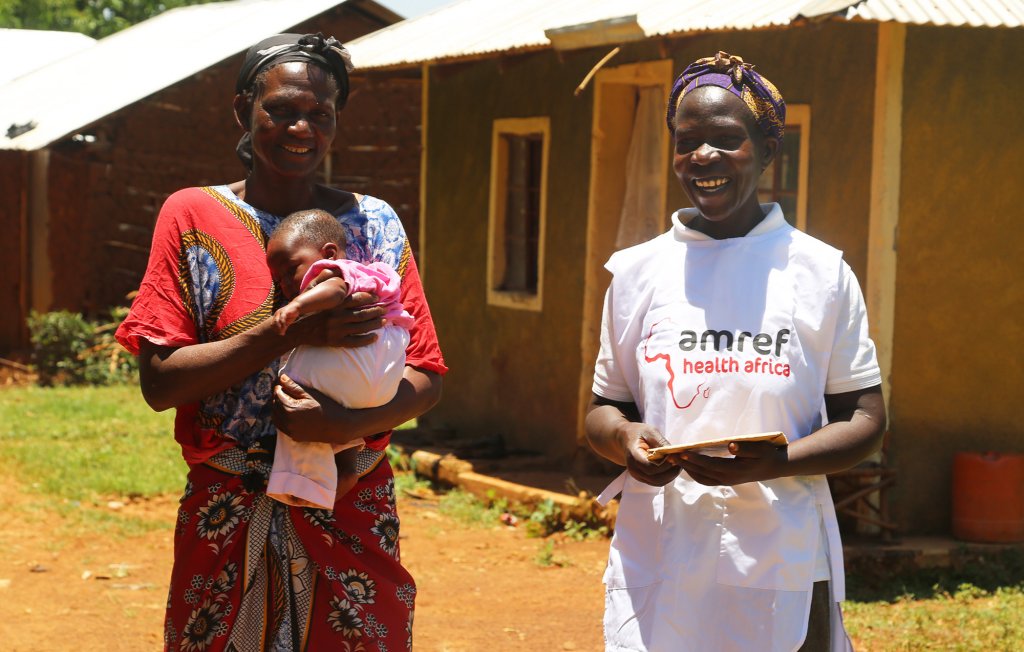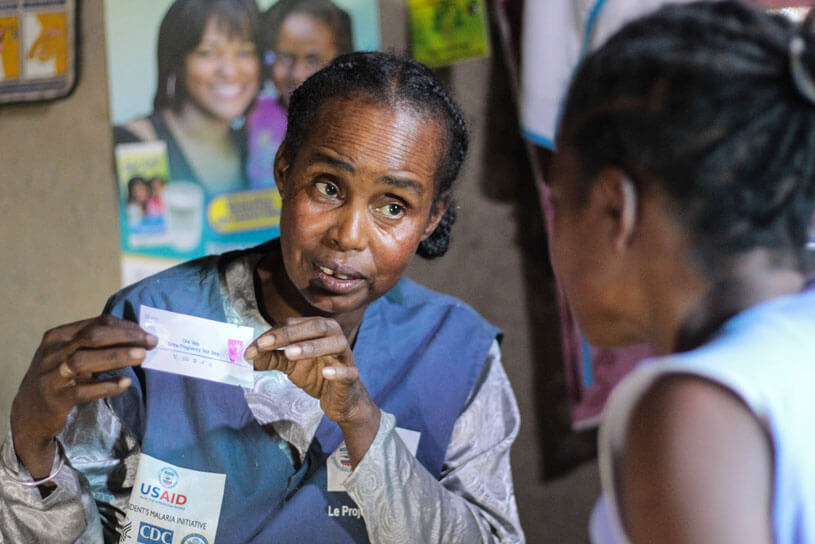The History of Primary Health Care (Part 1): Before Alma Ata Declaration!
Understanding Primary Health Care (PHC)
Among all health or medical scholars and even general health or medical practitioners, a lot is known about the official launch and commissioning of Primary Health Care (PHC) in 1978. However, asserts Marcos Cueto, little is known or even said of what happened before and after that remarkable period of 6th-12th September in 1978 in Alma Ata, the capital of the Soviet Republic of Kazakhstan in USSR, now called Russia (Cueto, 2004).
In this article, I will discuss some influential contexts, scholars and leaders, and organizations or institutes that influenced the global idea of ‘health for all by 2000.’
READ THIS TOO: The history of sex education in Uganda
In addition, I shall briefly expound on the debates and arguments that followed the remarkable PHC enactment, the introduction of Selective PHC (SPHC), the relationship between PHC, Millennium Development Goals (MDGs) and Sustainable Development Goals (SDGs), and ultimately suggest a model that I think is helpful for today and future health system (s) in the world, developing world, and Uganda.
By definition, Primary Health Care (PHC) is ‘the essential health care that is based on scientifically sound and socially acceptable methods and technology made universally accessible to individuals and families in the community through their full participation and at a cost that the community and country can afford to maintain at every stage of their development in the spirit of self-reliance and self-determination.’ (World Health Organization, 1978).
In practice, for Uganda, when we talk of PHC, we are meaning the basic health care services you receive at your village, county, or sub-county level, including health communication, visits, and referrals performed by your community nurse. Prior to establishment of PHC, health care was sophisticated, carried out by the few specialists, and, of course, not available to everyone!

According to WHO and advocates, PHC forms an integral part of both a country’s health system, of which it is central and the major focus, and of the overall social and economic development of a community (WHO, 1978). In other words, it should be the driving force for any country’s health system and a guide to all forms of socio-economic development.
In this article, Comprehensive PHC (CPHC) and PHC are used interchangeably to mean one thing and thus should not confuse the reader.
Primary Health Care in early decades of 20th Century

Trying to go far back before the Alma Ata Declaration, I have looked into the works of Dr. Socrates Litsios (Retired WHO senior scientist), David Sanders (Emeritus Professor, School of Public Health at University of Western Cape), Marcos Cueto (great researcher and professor with the Instituto de Estudios Peruanos), and Pauline Jolly (PhD, MPH, professor and researcher with University of Albama in Birmingharm-UAB School of Public Health).
Broadly, it is accepted among scholars that PHC-like ideas came up as early as in 1920s (the early years or early decades of 20th century). The success of social medicine in China in 1930s, scholars argue, is one of the influential factors for PHC.
According toSocrates Litsios, ‘rural health programs in China developed with the assistance of the Rockefeller Foundation and the League of Nations Health Organization in the 1930s’ and other conferences that were still organized by the latter congregated all these PHC-like ideas together and foretold or fore-informed the direction of the future (Centre for Global Health Histories-CGHH, 2015).
It is not China only; even India, Yugoslavia, Uganda, and South Africa had some of the earliest success stories of community-oriented health services.
In China, one of most famous PHC program is that of ‘Barefoot Doctors’. Barefoot Doctors, according to WHO (2018), were Chinese farmers who received minimal basic medical and paramedical training and worked in rural villages in China.
According to World Health Organization, these doctors were a major inspiration to the Primary Health Care movement leading up to the Alma Ata Declaration of 1978. In South Africa, cited are works of Sydney Kark (notably, Kark’s Institute of Family and Community Health in Durban, South Africa-1940s).
In Yugoslavia, praised are works of Adrija Stampar, notably, helping Yugoslavia build one of the best health systems in the World (in 1920s) and, in India, John Grant and Henry Sigerist were notable medical scholars who greatly assisted in the works of Indian Bhore Committee in 1940s (Centre for Global Health Histories, 2015).
In Uganda, according to Dr. Shane Doyle, missionary work in relation to PHC started as early as 1918 through training indigenous women as nurses and midwives to deliver care (Doyle, 2015).
In addition, in China, John Grant (as a staff of Peking Union Medical College-PUMC), Adrija Stampar (as a staff League of Nations Health Organization-LNHO), and Selskar Gunn (as Vice-President of the Rockefeller Foundation) promoted rural based health services in early 1930s. Each of these scholars and their works emphasized social medicine and put preventive interventions at the forefront in health care delivery.
READ THIS TOO: History of United Nations SDGs
As years moved on, more and more scholars and personalities, building on their shared experiences and community-based care successes across the globe, kept advocating for holistic form of care-that addressed socio-economic challenges rather than the vertical care that was only disease-oriented.
This they accomplished through their medical or health related books, conferences, journals, and most importantly, through on-ground work in their various leadership positions in various institutions or organizations.
Concerning shared experiences and influences among these scholars, on pages 2-3 of the book ‘Health for All: The Journey of Universal Health Coverage’ by Centre for Global Health Histories-CGHH, Dr. Socrates Litsios documents very well these shared experiences and influences.
For example, Sigerist-while at John Hopkins (himself a social medicine advocate) taught Roemer medical history, ‘Roemer and Grant worked in parallel in the early 1950s to develop comprehensive demonstration projects under the aegis of WHO’, and Gunner, before joining Rockefeller foundation in 1917 and later becoming its Vice-President, was influenced by Stampar to take in social medicine (CGHH, 2015).
Anyway, these discussions remained in circulation and PHC-like health programs continued to be carried out in various places across the globe. However, much more, including conducive socio-political and economic context, additional voice from more scholars (both medical and non-medical) and institutions needed to happen to trigger the whole world to take up this discussion. In the next section, we briefly look at the progress of this movement between 1950s and 1978.
Before Alma Ata Declaration of Primary Health Care: 1950s to 1978

For PHC movement to tickle the whole world, various factors came into play and built-up pressure enough to convince world leaders under WHO and UNICEF to decide on ‘Health for All by 2000.’ About five factors (collectively describe the context) seriously undermined the progress of vertical programs and propelled the PHC-idea.
5 major factors that pushed for Primary Health Care (PHC)
- Independence of most developing nations. According to Magnussen and colleagues, between 1950s-1970s, many countries that had been following vertical health programs from their colonizers were acquiring their independence (Magnussen, 2004). Securing independence somehow meant that these countries could get rid of the medicalized western vertical approach and return to community medicine.
- America’s cold war with Russia and the consequent issues with her (United States) dominance (that is, deteriorating dominance). Marcos Cueto says that, during the final decades (between late 1960s and early 1970s) of cold war (state of geopolitical tension after cold war II between powers in the Eastern Bloc-Soviet Union and its satellite states and powers in the Western Bloc-United States, and her allies, especially NATO members), United States was embroiled (or mixed up) in a crisis of her own hegemony (or supremacy or dominance). And most of US’ efforts, especially in malaria eradication were being criticized! According to Birn and Krementsov (2018), the declaration of PHC was a cold war victory of Russia against American ideologies! Read this article too
- The continued failure of vertical programs to eliminate diseases despite the heavy spending, for example, failure of Malaria eradication programs in 1950s (Cueto, 2004).
- The 1974 UN resolution of New International Economic Order to improve social conditions in underdeveloped world (set of proposals put forward during the 1970’s by some developing countries through the United Nations Conference on Trade and Development to promote their interests by improving their terms of trade, increasing development assistance, developed-country tariff reductions, and other means).
- The continued influence of scholars advocating for community-oriented approaches, the successes of such approaches in more other countries, and the involvement of institutions like WHO, UNICEF, and Christian Medical Commission.
The above five factors are some of the most cited ones for having set-up the conducive context or environment for PHC eruption in 1970s.

Concerning scholars, many more kept on releasing journals, books, and publications that openly discouraged the non-holistic vertical approaches and at the same time proclaiming the successes of PHC-like approaches. For example, writes Cueto (2004), John Bryant-in the book ‘Health and the Developing World,’ Carl Taylor-in his editing a book that emphasized Indian rural medicine as a model for poor countries, Kenneth N. Newell-in ‘Health by the People,’ British historian Thomas MC Keown’s work, and Ivan Illich’s ‘Medical Nemesis’ (read this too) all called for community-oriented approaches and discredited the narrow vertical programs.
According to G. Paterson in his ‘The CMC Story 1968-1998,’ as cited by Cueto (2004), institutions like the Christian Medical Commission contributed a lot. Cueto (2004) explains that the commission (created in late 1960s) was a specialized organization of the World Council of Churches and the Lutheran World Federation that ‘emphasized the training of village workers at the grassroots level, equipped with essential drugs and simple methods.’
The commission created the journal, ‘Contact,’ and, through it, marketed the idea of Primary Health Care, even to members and staff of WHO. Marcos Cueto reminds us to note that Bryant and Taylor were members of the commission and most success stories cited in the works of Newell, Cueto (2004) emphasizes, were actually the commission’s programs. In addition, it is noteworthy that the commission and WHO’s collaboration was formal by 1974 and the two bodies housed their headquarters near each other in Geneva.
World Health Organization (WHO) under the leadership of Halfdan T. Mahler of Denmark (WHO Director General 1973-1988) and United Nations Children’s Fund (UNICEF) under the leadership of Henry Labouisse (UNICEF’s executive director 1965-1979) embraced the political, economic, and scholarly influence and, through a series of transformational programs, ended up jointly producing the 1975 report, ‘Alternative Approaches to Meeting Basic Health Needs in Developing Countries’ (Cueto, 2004).
Specifically, I have taken time to look into the biography of Halfdan Mahler and, according to a 2018 biographical publication by Radboud University, he had ‘charisma, moralism and the priest-like rhetoric that he had learned from his father’ and his leadership at WHO was a historical one; ‘WHO staff remember the 1970s as the most idealistic period in the organization’s history’ (Radboud University, 2018)
This report proclaimed the successes of PHC in countries like Niger, Nigeria, Yugoslavia, China, India, Cuba, Indonesia, Tanzania, Bangladesh and undermined vertical disease-specific programs. Diseases like respiratory infections, malnutrition, and vector borne diseases, diarrheas, and others were, in the report, clearly explained to be due to “poverty, ignorance, and squalor”.
It (the report) greatly shaped WHO, influenced the 1975 28th World Health Assembly to declare construction of National Programs in Primary Health Care. The report also became basis for world-wide debate, and, in 1976, during the 29th World Health Assembly, Mahmer (WHO Director General) proposed the goal of ‘Health for All by 2000’, a goal that was excitedly embraced.
As reported and emphasized by Cueto (2004), Mahmer was rhetorical, charismatic, and, ‘in a moving speech that he delivered at the assembly’ persuaded members to consider it. Alma Ata Conference would be to confirm these ideas.
In our second part, we will deeply explore Alma Ata Declaration and Primary Health Care movement after 1978. Thank you.



